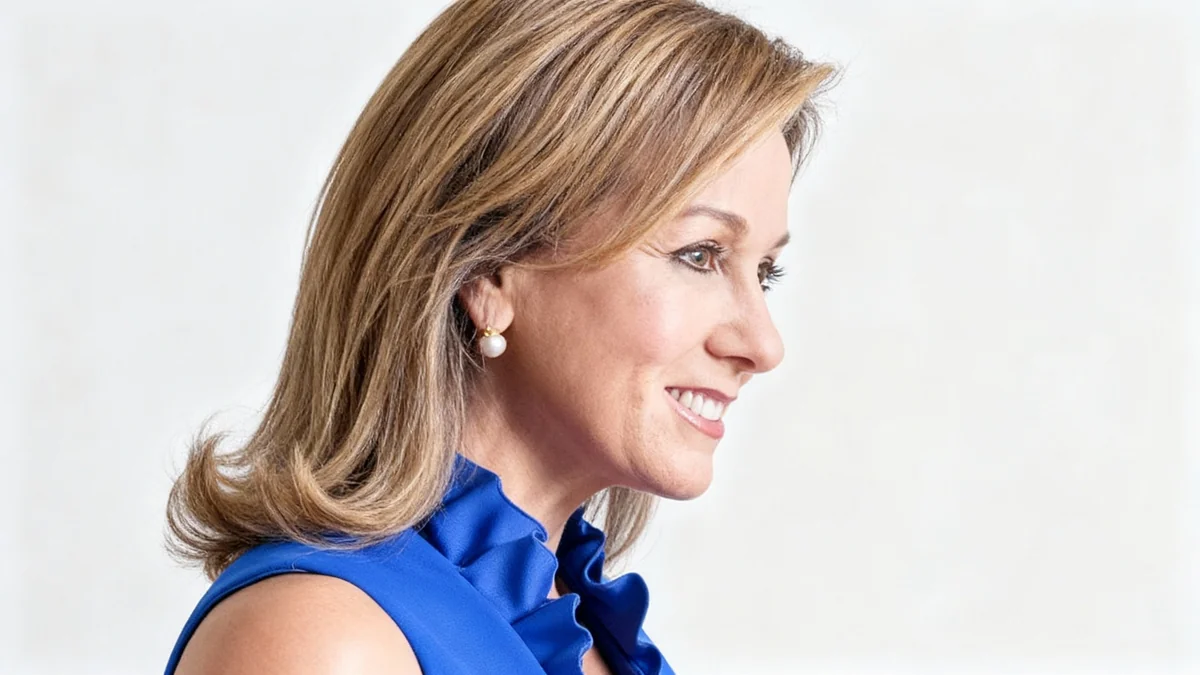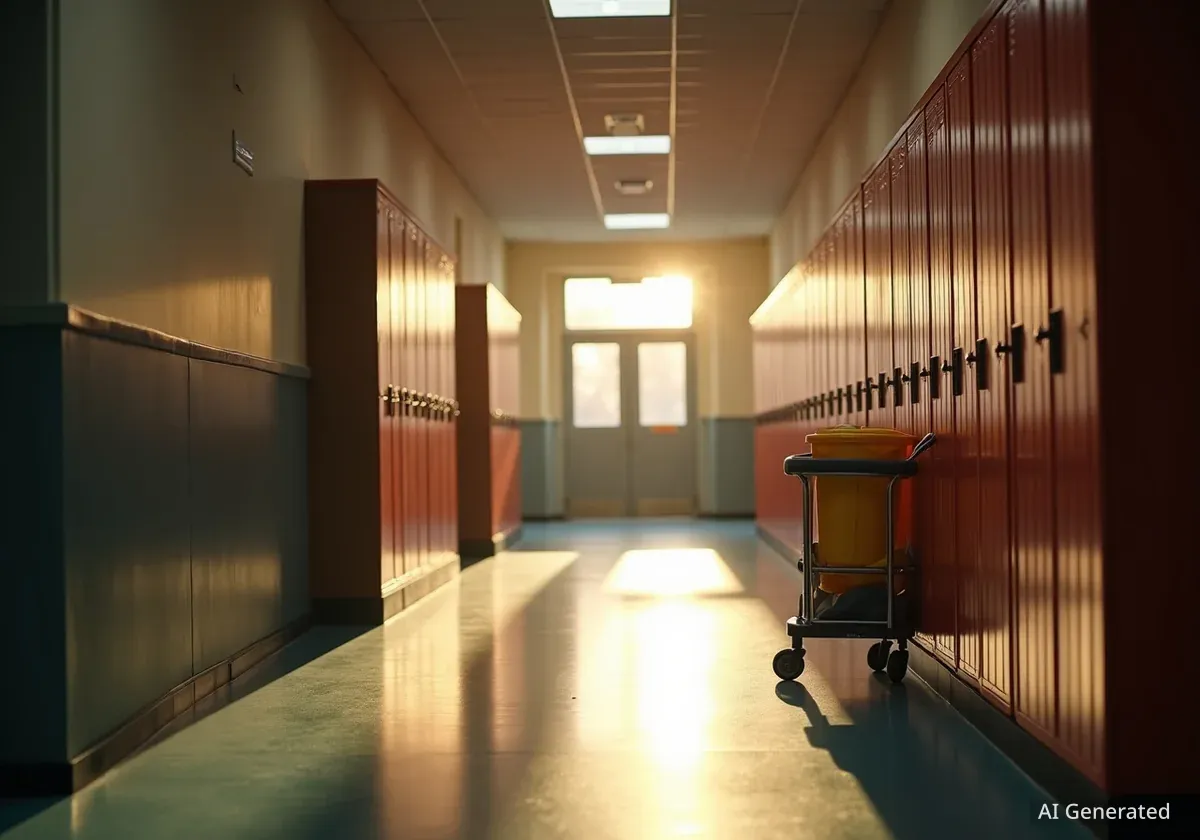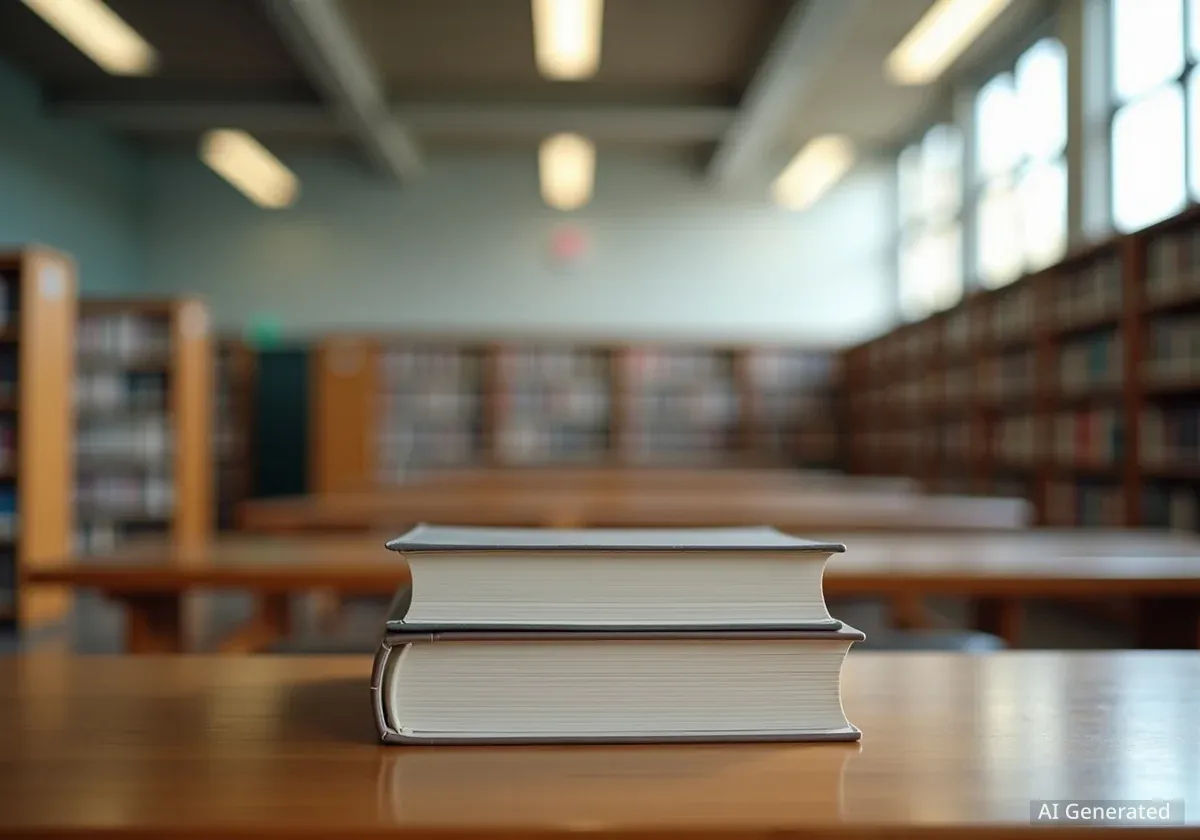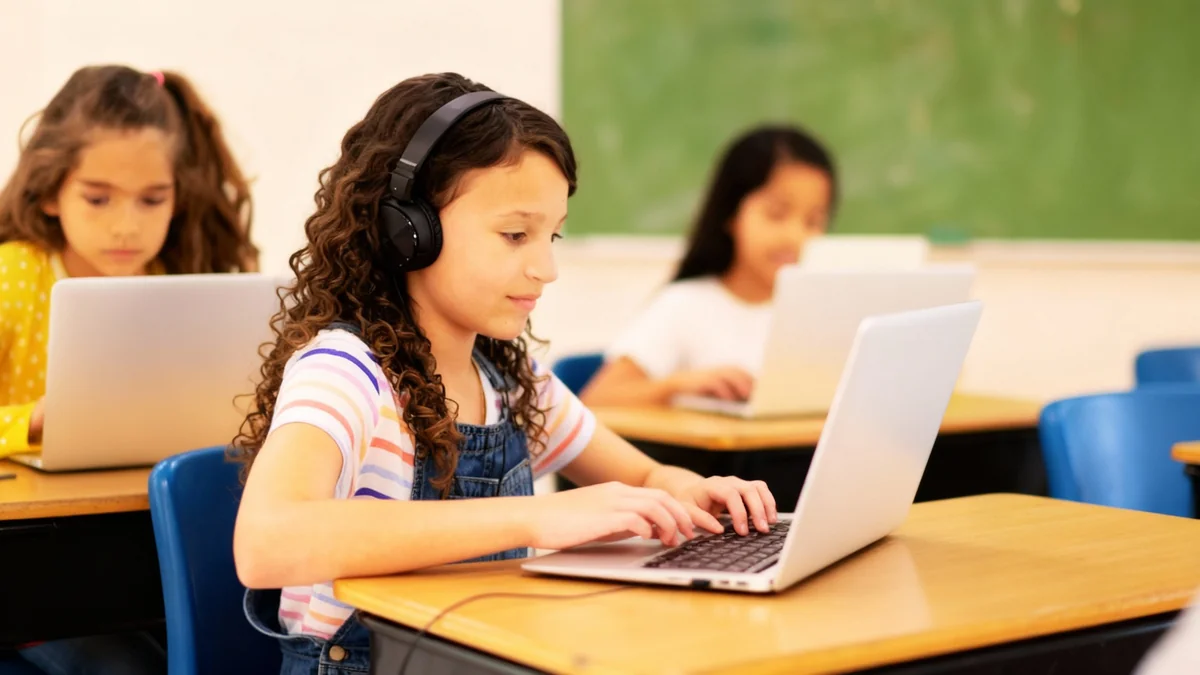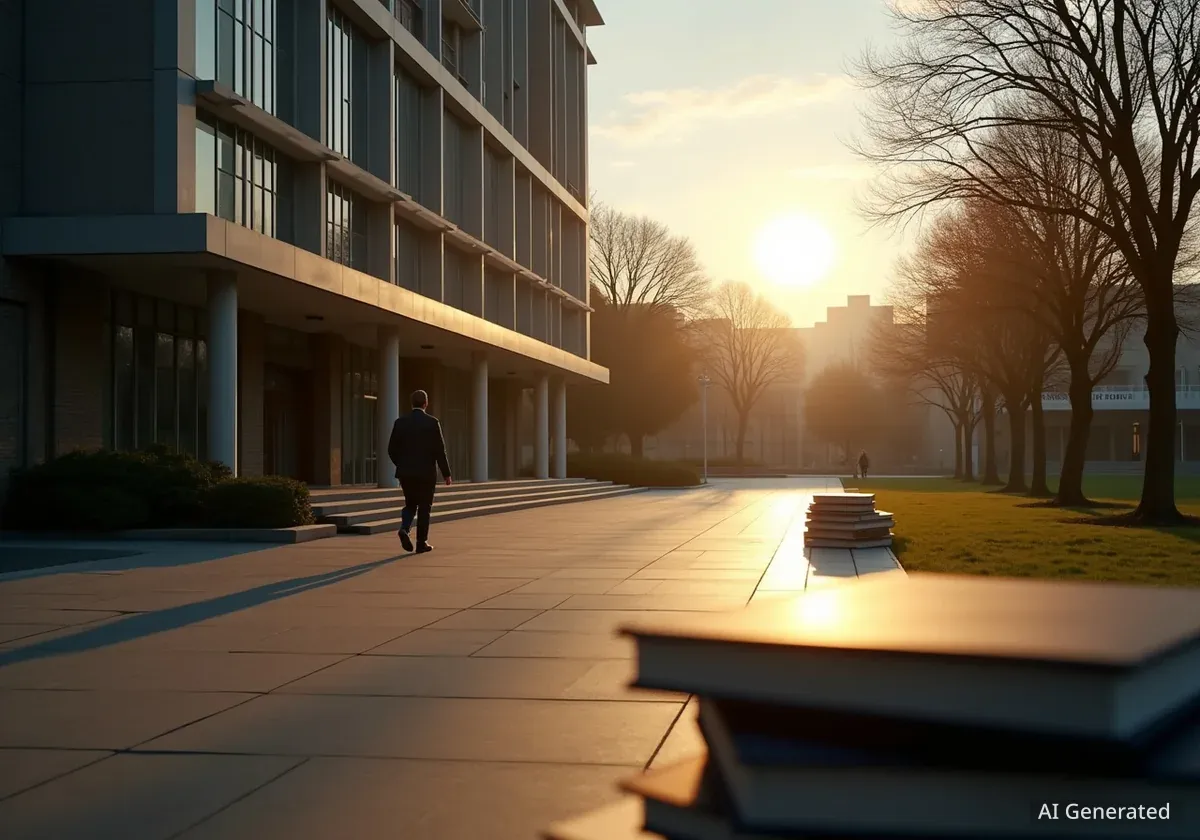A nationwide challenge of unpaid school meal balances, now approaching $200 million annually, is prompting everyday citizens to take action. As families struggle with rising costs, community members are stepping in to ensure students do not go hungry, while also calling for more permanent government solutions.
In states like Utah, where the total school lunch debt nears $4 million, individuals are creating foundations and leveraging social media to erase the debt one school at a time. This groundswell of support highlights a growing debate over child nutrition and the role of public funding in schools.
Key Takeaways
- Total student lunch debt in the United States has reached nearly $200 million per year.
- The federal program providing free school meals for all students during the pandemic ended in 2022.
- Citizens, including parents and teachers, are using personal funds and online fundraising to pay off school meal debts.
- Advocates are pushing for state and federal legislation to make universal free school meals a permanent policy.
The Scale of the Problem
The issue of student meal debt has grown significantly since the conclusion of a federal pandemic-era program that provided free lunches to all public school students. That initiative ended in 2022, reintroducing the financial burden on many families. According to a report from the Education Data Initiative, the collective debt has now soared to almost $200 million nationwide.
This financial pressure is felt acutely in communities across the country. For example, in Utah, the outstanding balance for student meals has climbed to nearly $4 million. At schools like Silver Crest Elementary in Herriman, Utah, this translates to a significant portion of the student body, where approximately one-third of students carry some form of lunch debt.
By the Numbers
- $200 million: Approximate annual school lunch debt across the U.S.
- 9 states: The number of states that have permanently adopted universal free school meals.
- $4 million: The current estimated school lunch debt in the state of Utah.
Community-Led Initiatives Offer Relief
In response to the growing need, individuals are finding creative ways to provide support. DJ Bracken, a single father in Utah, was shocked when he learned a neighborhood school had accumulated over $800 in lunch debt. He decided to act directly.
"I thought that number seemed insane. I didn't think it was real," Bracken stated. He described the process of paying off the entire school's debt as surprisingly straightforward. "They're like, yeah you can write a check and walk in and pay off the entire debt. And that's exactly what I did."
This initial act inspired him to do more. Bracken used his own money to establish the Utah Lunch Debt Relief Foundation. Through donations, his organization has now paid off the meal debt for more than 30 schools, including the one his own daughter attends.
The Power of Social Media
Others are turning to online platforms to rally support. Kati Jo Christensen, a special education teacher, found an unconventional way to contribute. She began posting videos of herself dancing on TikTok to raise awareness and funds.
Her efforts went viral, attracting nearly two million likes and generating close to $30,000 in donations. Every dollar she earned has been used to erase student lunch debt in her community. While her videos bring joy to her followers, the mission behind them is a serious one.
"It's hard. It's really hard, because these kids don't understand," Christensen said, reflecting on the students she helps. "They deserve to be thought of, they deserve to be loved and they deserve to be fed. That's just a basic human right."
A Call for Systemic Change
While these acts of kindness provide immediate relief, many involved believe they are temporary fixes for a systemic problem. They argue that ensuring children are fed at school should be a public responsibility, not one reliant on charity.
From Universal to Unfunded
During the COVID-19 pandemic, the U.S. government funded a program that made school meals free for every public school student, regardless of family income. This eliminated meal debt and reduced the stigma for students who qualified for free or reduced-price lunches. The program was not renewed by Congress, ending in the summer of 2022 and shifting the cost back to families and school districts.
Bracken has transitioned from simply paying off debt to advocating for policy change. He is now actively pushing Utah's lawmakers to broaden access to free school lunches, arguing it is a fundamental part of the education system.
"Where are my taxes going if not to feeding kids?" Bracken questioned. "And I think that resonates with citizens across the country — where are they going?"
He emphasized the clear link between proper nutrition and a student's ability to learn and succeed in the classroom. "Right now in our country, there are few problems that we can agree on, and I think nutrition and education obviously go hand in hand," he added.
The Legislative Landscape
The movement for universal free school meals is gaining traction in some parts of the country. To date, nine states have passed legislation to make free school meals a permanent fixture for all students. These states are:
- California
- Colorado
- Maine
- Massachusetts
- Michigan
- Minnesota
- New Mexico
- New York
- Vermont
Advocates in other states are working to follow suit, presenting universal free meals as a critical investment in child well-being and academic achievement. They argue that such programs eliminate administrative burdens for schools, remove social stigma for students, and guarantee that every child has the nutrition needed to focus on their studies.
As the national debate continues, the actions of individuals like DJ Bracken and Kati Jo Christensen serve as a powerful reminder of the immediate need. Their work bridges the gap left by policy, ensuring that, for thousands of children, a hot lunch is not a debt but a given.
